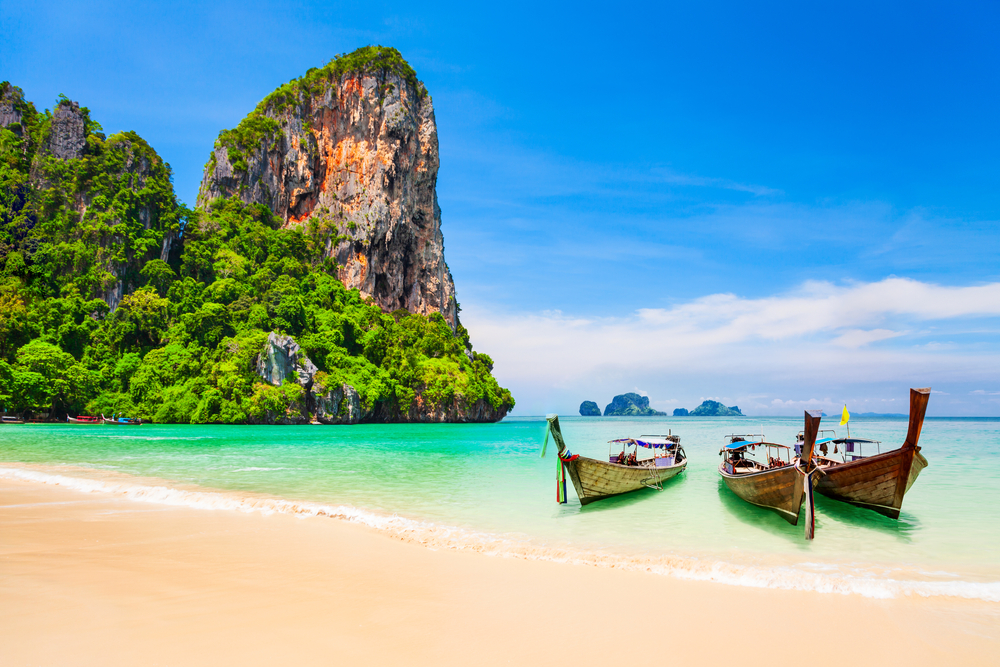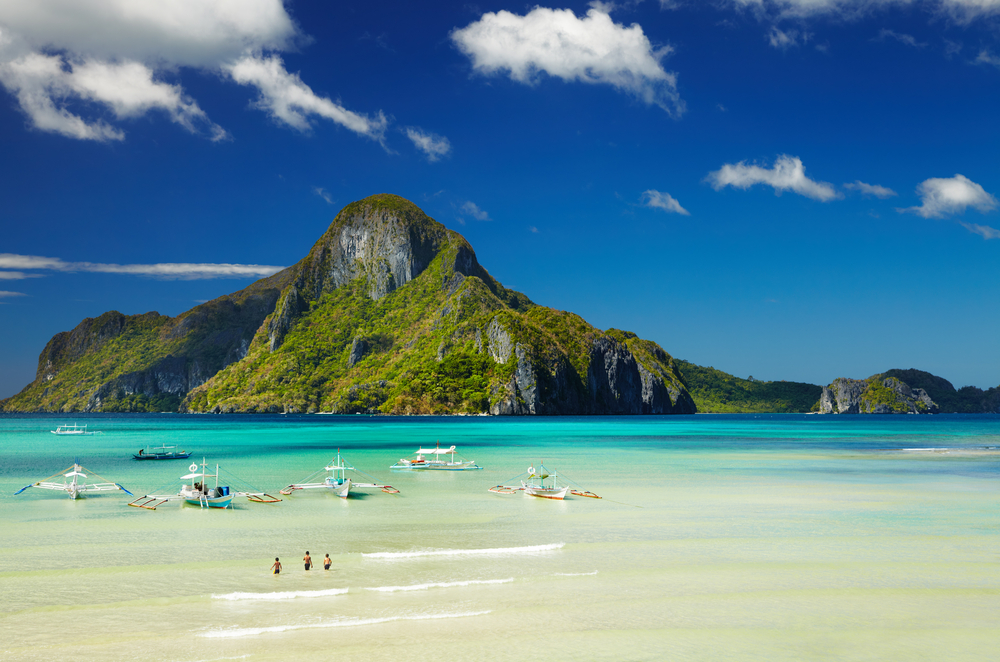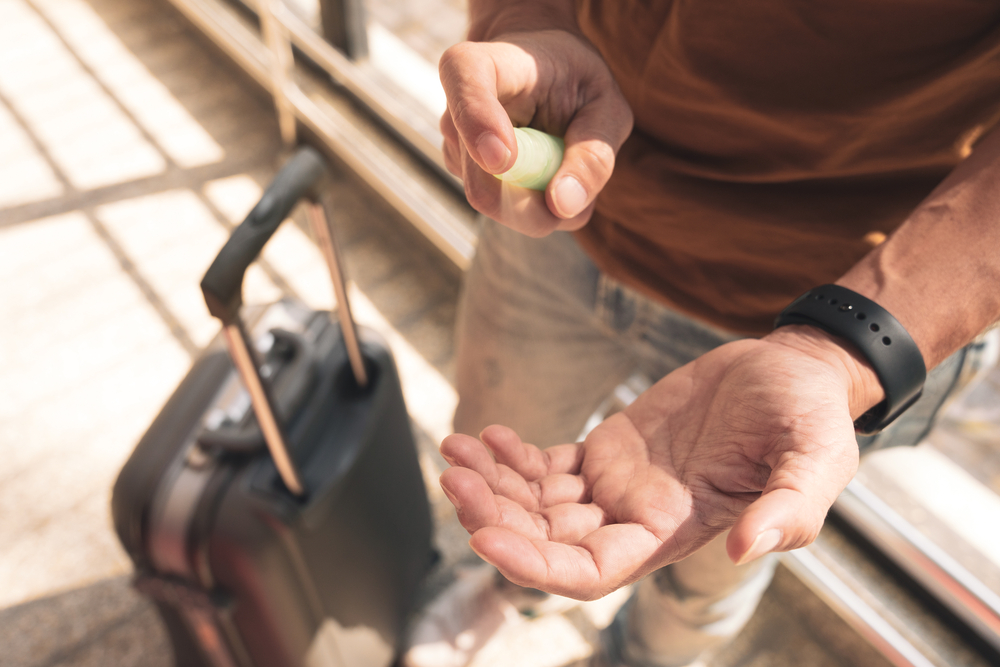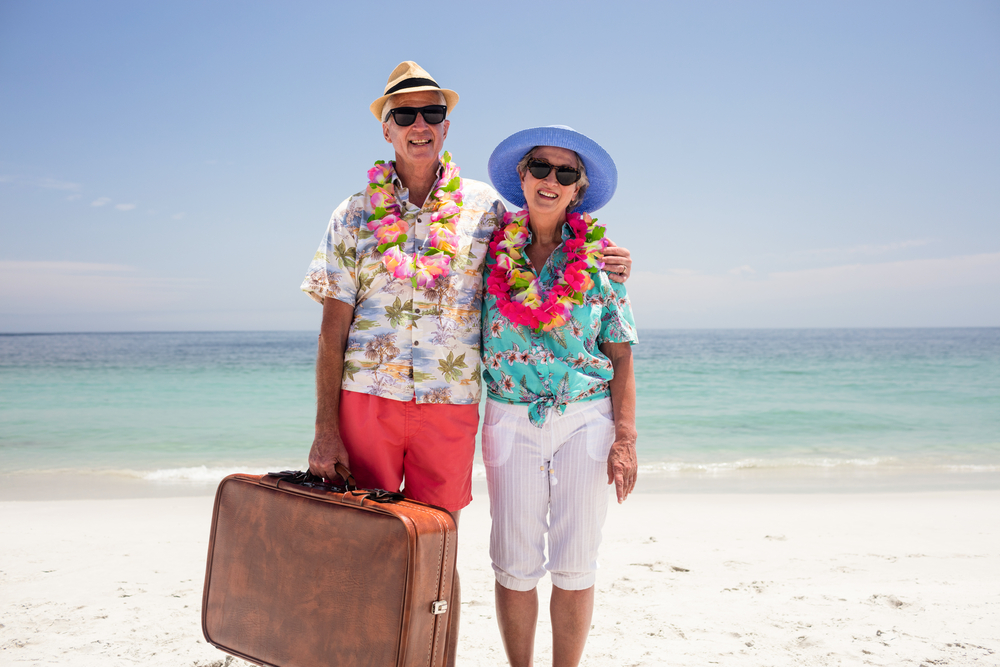Looking to soak up the sun on an easy-to-reach beach in Thailand? No problem. From unspoilt islands and temple towns by-the-sea to luxury resorts brimming over with high-end spas, here are the best beach destinations near Bangkok. All can be reached in less than half-a-day by road, rail or quick ferry hops.
1. Koh Chang
Koh Chang is the best of the islands reachable by land in less than a day from Bangkok. It’s got a forest-covered, waterfall-drenched interior, bays edged by fine beaches and scores of seashore hotels for all budgets and bags, from backpacker-basic, fan-cooled rooms to chic-shack barefoot luxury. It’s a bit of a trek: five hours by car to the ferry port, a 45-minute sea crossing (boats hourly 6am-7:30pm), and a transfer to your hotel. Worth it? Oh yes.
2. Navy Beach
Pattaya may be the closest beach resort to Bangkok, but it’s teeming traffic and tawdry nightlife puts many tourists off. The secret is to do Navy beach (known locally as Had Sai Kaew), 20 minutes’ drive beyond. Divorced from the hubbub, it’s secluded and serene, surrounded by tropical forest and lapped by gentle turquoise waves. There are no hotels and only a scattering of simple seafood restaurants. Rent a scooter (easy in Pattaya town) and come early in the day before the tours arrive.
3. Hua Hin
On the Gulf of Thailand, two and a half hours’ drive from Bangkok, Hua Hin is certainly a tourist destination. But Thais live and holiday here, too, as they have since the king made it his number one vacation spot in the 1920s. If you get all beached out, Hua Hin has great nightlife, with bars in walking distance of some of its nicest shores. The same applies to the handful of colourful, diverse markets, all within walking distance or a short tuk-tuk ride from the sea.
4. Pattaya
All high-rise condominiums, resort hotels, and one-too-many shopping malls, Pattaya is also one of the biggest sex capitals in Thailand, with massage parlours lining the streets, elbowing for space with go-go bars. That said, you can escape this bustling city by disappearing to one of its nearby islands, including Koh Lan or Koh Pai, otherwise known as Bamboo Island. Just be aware that it can take two or three hours to get to Pattaya first, depending on traffic.
5. Puek Tian Beach
Given the appeal – rolling hills dotted with ancient temples and royal palaces, honeycombed with Buddha caves – it’s a wonder that Phetchaburi province is so under-the-radar. Bangkok’s in easy reach (less than two hours by car; more slowly by train) and the coast is empty. Puek Tian is the best beach – if only for the bizarre statues of mermaids, turtles and a giant sea goddess, striding out of the waves, teeth bared, covered with votive flowers.
6. Bang Pu Beach
Believe it or not, there are tourist-free beaches within hours of Bangkok. In the western province of Prachuap Khiri Khan, Bang Pu is a tranquil half-moon, framed by mountainous capes and home to a tiny fishing hamlet. There are a handful of hotels and the surrounding mountains, protected as a national park, trill with birdsong from more than 355 distinct species. Bangkok is little more than three hours away by car, or a more comfortable four hours by train, via Hua Hin.
7. Koh Samet
It’s one of our favourite islands in Thailand: the water is crystal clear, delicious seafood is abundant and, uniquely, it doesn’t get overrun with tourists come the weekend. Getting here takes between three and five hours, depending on traffic. Bear in mind that the journey involves an hour-long ferry ride from Ban Phe to Ko Samet. You can also get a speedboat, which is obviously far pricier. While you’re here, check out one of the best watering holes on the island: Ploy has evening fire shows and large buckets of booze for a fair price.
8. Pranburi
30km (17mi) or so south of Hua Hin by bus or train, you come to the fishing town of Pranburi. It’s laid-back and most definitely off the tourist track, and so is refreshingly free from throngs of foreigners. The handful of resorts and hotels here – whether luxury, boutique or bargain – are low-rise, discreet and spread out comfortably along Pranburi’s beautiful beaches. That means privacy is guaranteed as you wade into the transparent waters of the Gulf of Thailand before drying off and perfecting your tan.



